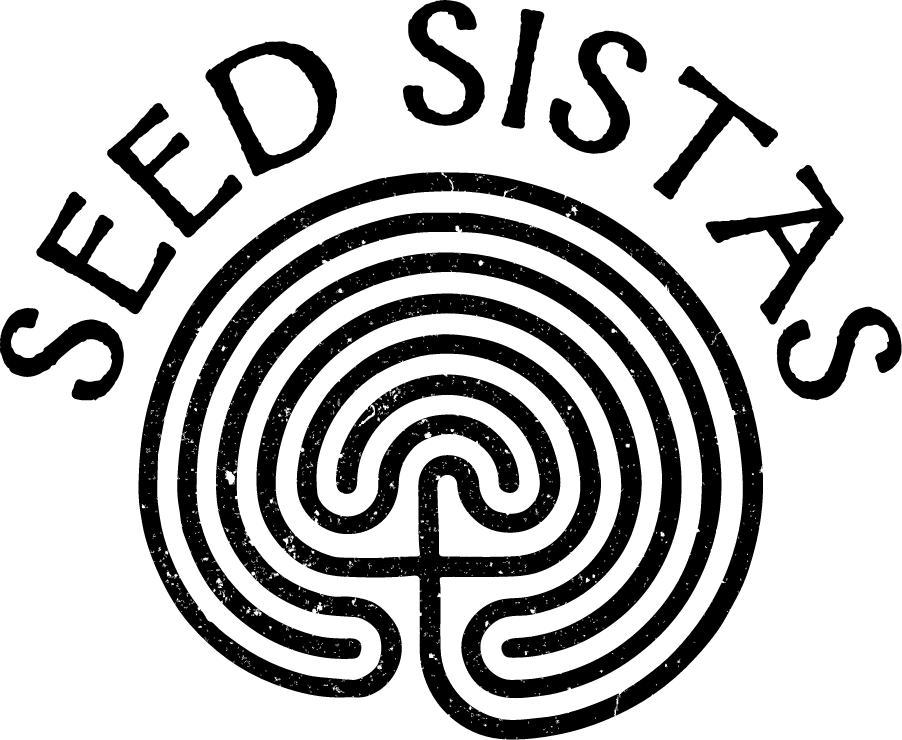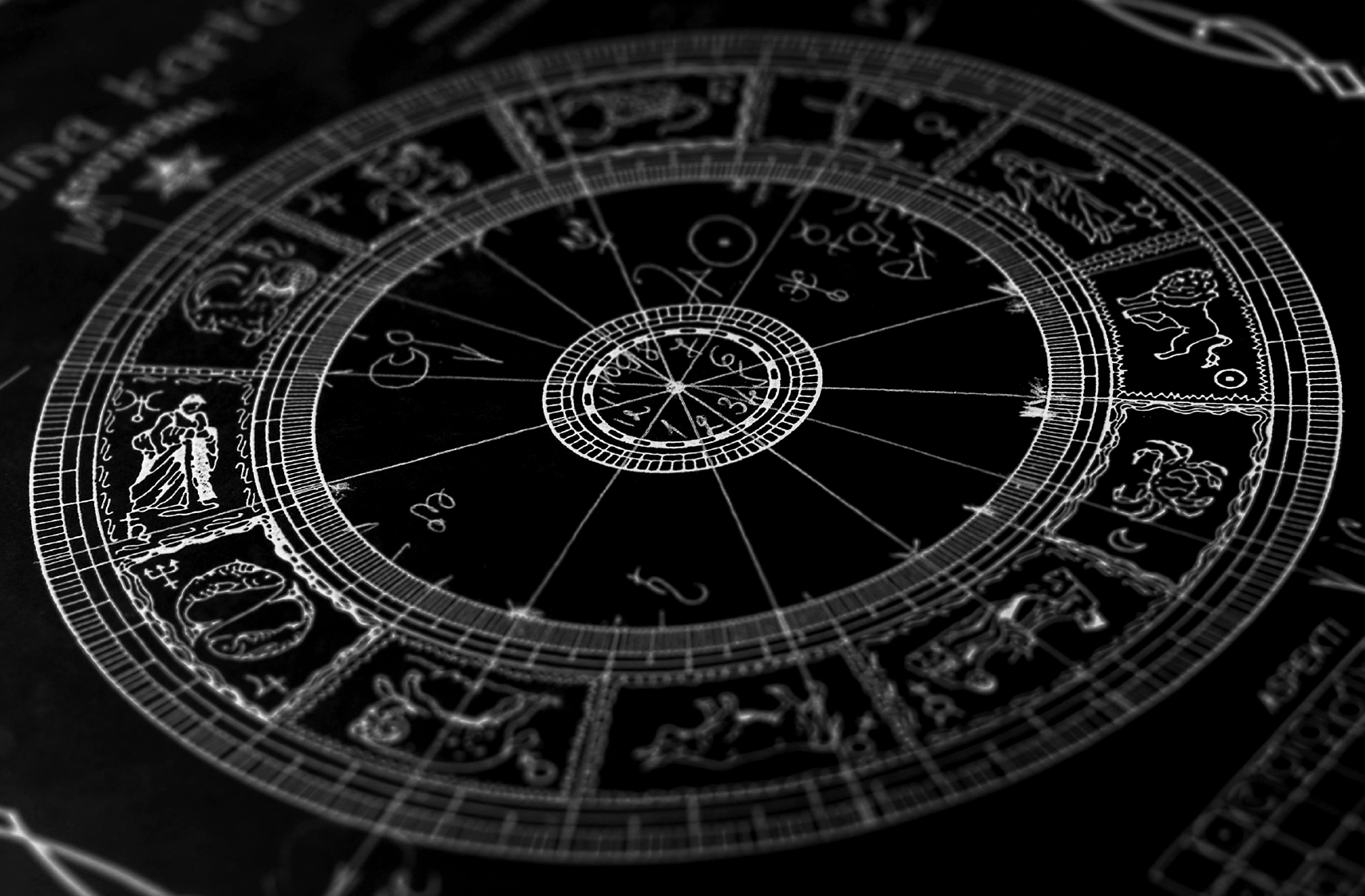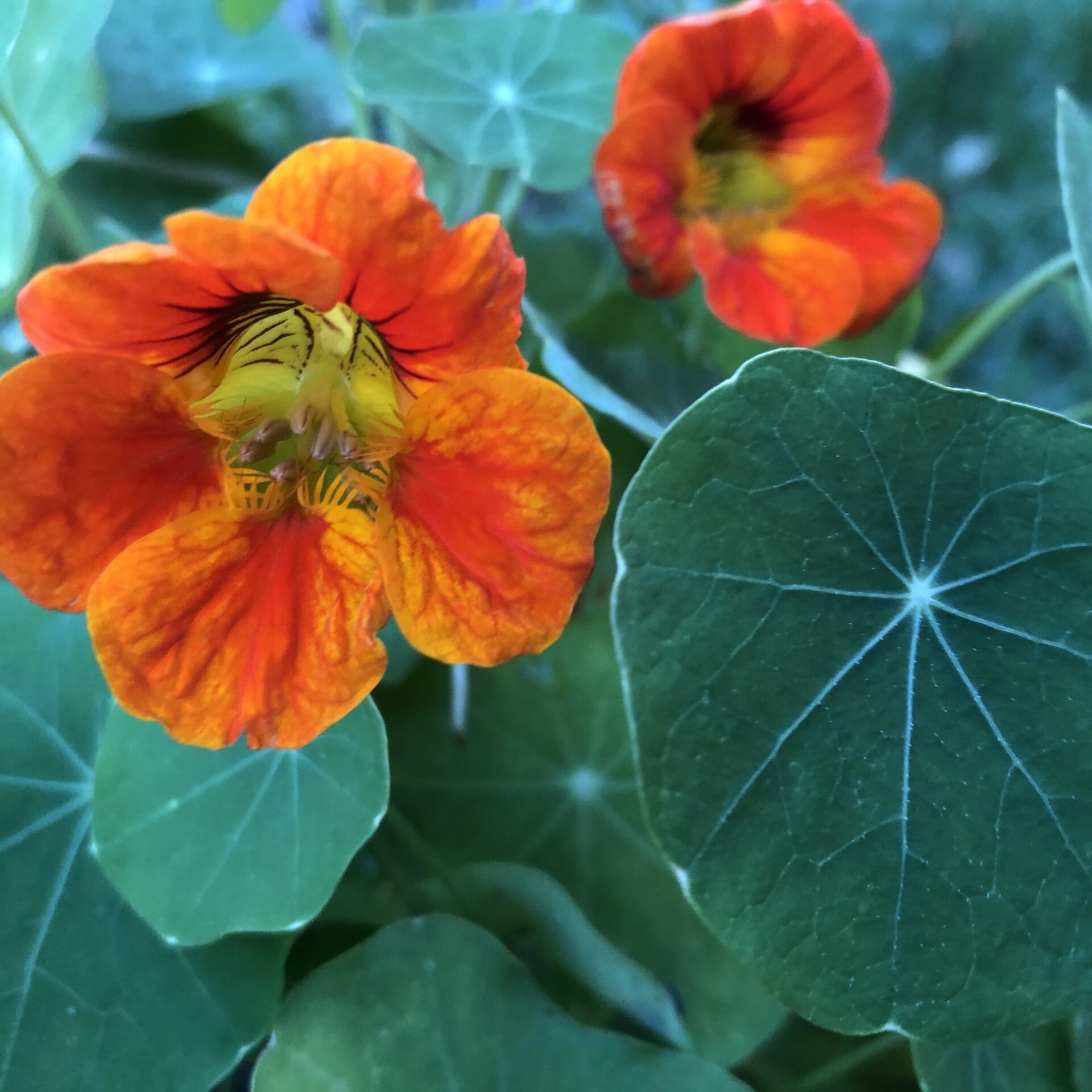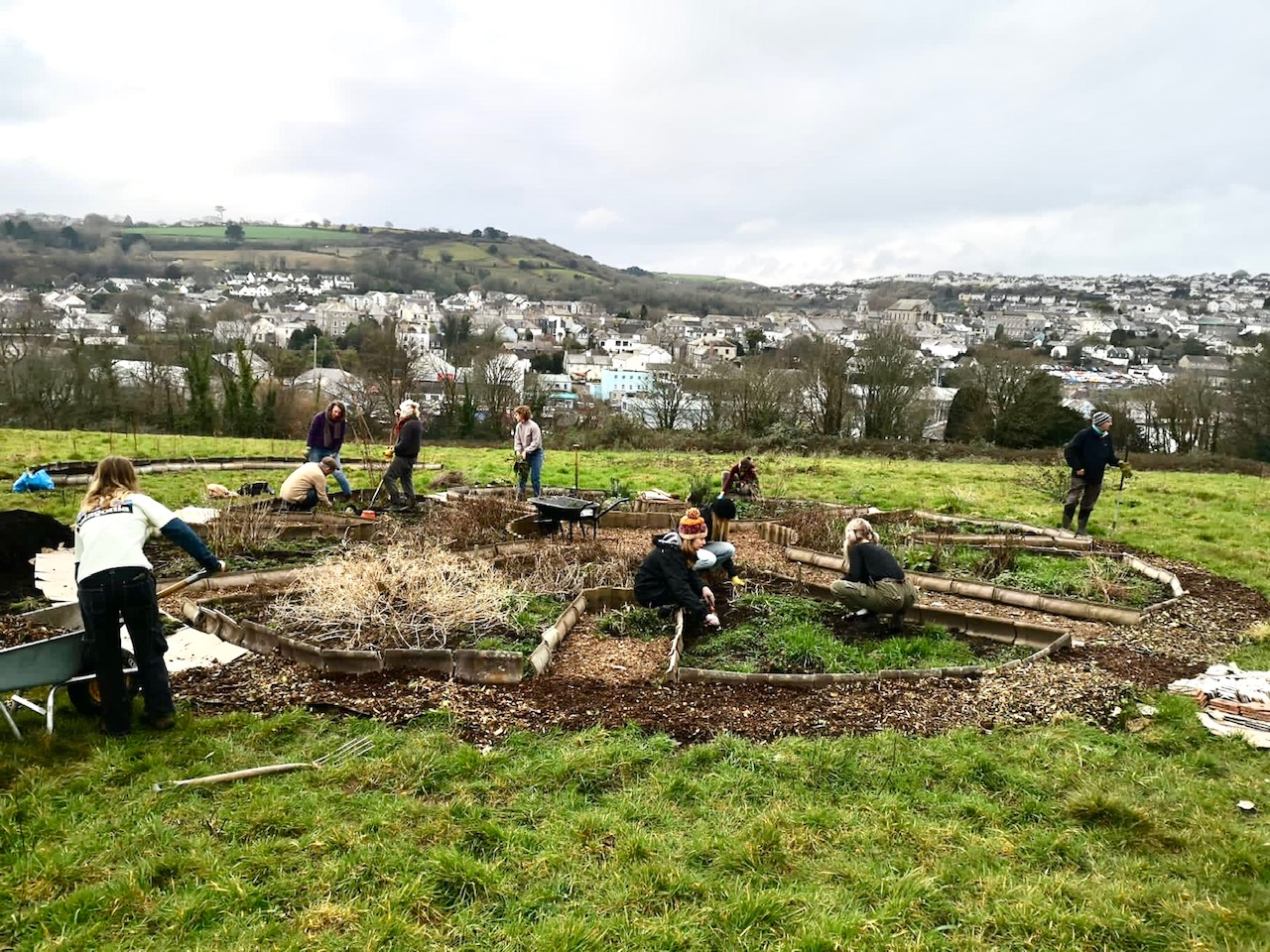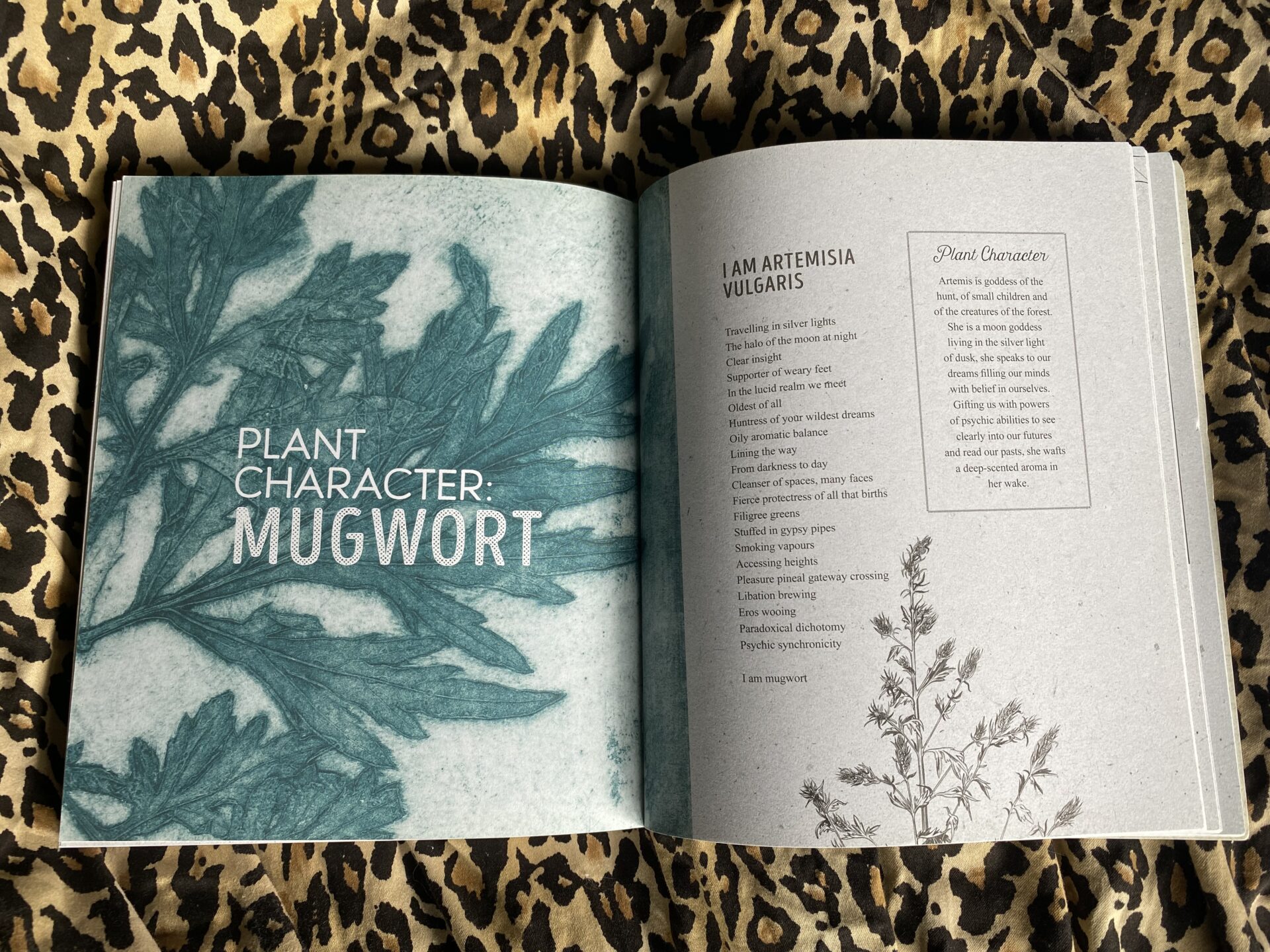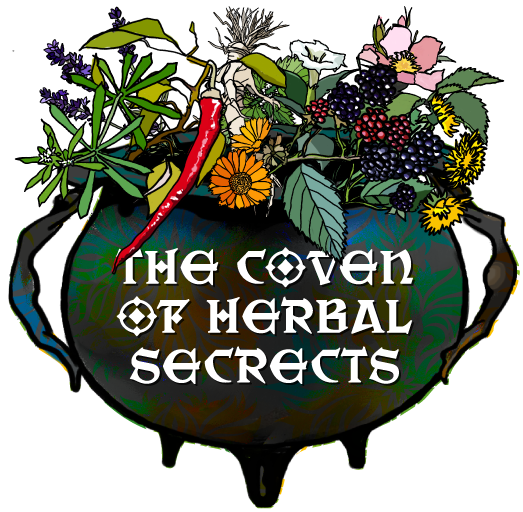By Marcos Patchett
Medical astrology is old. Perhaps, in some form, as old as medicine itself.
Historically and prehistorically, divination was used alongside medicine as an integral part of holistic approaches to treatment. Illness was perceived as a form of imbalance, just as environmental or social disasters were. All were subject to the vagaries of forces beyond the scope of individual apprehension, yet the human mind was the lens through which these underlying forces could be perceived and accessed through the induction of extra-ordinary perception.
Via psychoactive plants, trance or methods of living which attuned the individual to an altered perception of reality, techniques were developed to dilate the mind’s eye and expand extra-sensory perception. At least temporarily, this allowed individual shamanic mediators or whole communities to dissolve boundaries between each other and the ineffable forces that shaped the world. They could re-integrate themselves, their social units and their model of reality. In software terms, shamanic ceremonies are a sort of spiritual ‘defragment’ function.
In the most basic sense, the human mind is still seen as a perceptual access point for the forces that constitute reality. The predominant worldview of most of humanity through the ages is the idea that these forces are intangible yet in some way conscious and so may be interacted with. The opposing view is of the materialistic, skeptical modern approach, that they are inert and mechanistic in nature. The latter concept is implicitly or explicitly promoted by elite educational institutions and the media but is a relatively recent, post-enlightenment development (even the word ‘enlightenment’, in this context, is a form of propaganda worthy of contemplation, borrowing as it does a term with religious or spiritual connotations).
The earliest forms of medicine were based on shamanic, intuitive and empirical approaches.
These involved ritual to effect direct contact with the spirit world – or Jungian archetypes / aspects of the human psyche, if you hold to the materialist doctrine that spirituality or ‘superstition’ are only side-effects of human brain structure and organisation. (I say ‘only’ because the existence of a physical or psychological explanation doesn’t preclude a metaphysical one).
The Greek philosophers developed a more acute sense of humans as observers rather than participants in nature. More mechanistic doctrines were developed such as the Elements Theory (earth, air, fire and water) and Democritus’ concept of ‘atoms’ as the smallest divisible parts of the material world. In parallel to these methods of using intellectual objectification to analyse the world, more detached forms of divination were adapted, such as astrology. Celestial phenomena had long been viewed as omens, changes in the god-inhabited sky broadcasting divine intention to earth-dwelling mortals.

A perceptual shift then occurred among ancient Hellenic astrologers and they began to view the movements of the stars in relation to the earth as more mechanistic influences. The sky chariots were still driven by gods but now their movements came to be seen as more causal than heraldic. Claudius Ptolemy (c.100-170 C.E.) was at the vanguard of this ‘scientising’ movement with his astronomical Almagest and astrological Tetrabiblos becoming set texts for literate diviners and doctors for over a thousand years.
So why the ancient link between divination and medicine?
The first reasons are practical: prognosis and diagnosis. Knowing what will happen next is a tricky business and most important – should one treat aggressively or gently? Is this fever benign or might it become life-threatening? Having some idea as to the cause and guidance as to accurate treatment is important. Physical symptoms and signs, and empirical experience of what will cure or how something is likely to develop was most useful, but only went so far. In the absence of direct communion with the spirits (or ‘collective unconscious’) in a shamanic sense, pattern-reading divination techniques were a safely cerebral form of obtaining helpful information. The second reason for the medicine-divination link is socio-psychological: observing or reading the ‘fated’ course of events in real-world phenomena performs an elaborate 2-dimensional version of the messier 4-dimensional shamanic ceremonies, in that it helps re-integrate the person and their suffering with the world, creating a narrative which explains the situation in its entirety. As Victor Frankl suggested, despair is suffering without meaning.
I first came across the concept of medical astrology while studying for my Western Herbal Medicine BSc at Middlesex University in London.
There was a book in the library called ‘Culpeper’s Medicine’ by the medical herbalist Graeme Tobyn, in which he described the clinical practice of the eminent and iconoclastic 17th century apothecary Nicholas Culpeper. This excellent book recounts something of astrology’s historical link with medicine, to the point that the famous Greek physician Hippocrates – considered by many to be the one of the founding fathers of an empirical, ‘rational’ approach to medicine – is reported to have said that practising medicine without astrology is tantamount to homicide.
Something of the theory and practical examples of how astrology was used alongside medieval and renaissance medical theory are described in this book. I decided that this was something I needed to study, and began attending weekly classes during the third year of my degree. The astrology I learned was contemporary, focused more on psychological interpretation than prediction. Three years later, after obtaining a basic certificate in astrology and about two thirds the way through the diploma, I read about horary astrology — a traditional form of astrology used to answer questions, giving definitive and detailed responses. I was hooked. This was what I had been looking for in the first place. I quit the modern astrology and began studying traditional texts, including Culpeper’s own text on the interpretation of astrological charts for sick people, a short book with the pithy title “Astrological Judgement of Diseases from the Decumbiture of the Sick”.
My first practical use of medical astrology didn’t involve “the stars”, or even an astrological chart, at all.
A client — a very stern religious lady who evangelized on street corners at weekends — had high blood pressure. She had taken various ‘blood pressure pills’ from the doctor but claimed they had given her headaches and insomnia. I tried a standard anti-hypertensive herbal mixture (Hawthorn leaf, Yarrow, Limeflower and Dandelion leaf, or similar) but this gave her the same ‘side effects’. Then I considered (incidentally, ‘con sidera’ is Latin for ‘with the stars’) that her symptoms of tension and headache were appropriate for Wood Betony (Stachys officinalis), an herb which Culpeper classified as being ruled by Jupiter in Aries. Herbalist Matthew Wood says he sometimes found it helpful for high blood pressure related to stress. Aries represents the head, Jupiter blood; but Aries is also a martial sign, and Jupiter represents belief or religion: what better for an evangelist with headaches and high blood pressure?
So, I asked the client if they were willing to experiment with a low dose of a single mystery herb. The client came back in two weeks requesting some more, as it had ‘instantly’ cured the headache and insomnia and reduced their blood pressure! I never saw the client again but the story doesn’t end there. Two years later I saw the client’s daughter-in-law, a fellow esotericist, (who had initially referred the client to me) at a party. She told me how pleased her parents-in-law had been with the treatment and I related the whole story. She called her husband (my client’s son) over and said to him “tell him what you told me about [my former client’s] name”. Her husband told me that prior to religious conversion and re-baptism, my client’s (his parent’s) name had been Jupiter; my client had changed it by deed poll out of concern for its pagan origins.
I began to do actual astrology for clients. It was often frustrating, as when you add another skill to a repertoire, some confusion will occur until it becomes second nature. Like a juggler adding another ball to their routine, ball dropping may occur. My biomedical diagnosis says I need herbs which reduce inflammation in the gastrointestinal tract and my training may suggest Slippery Elm. The astrology concurs but suggests I definitely not use herbs of Saturn (Elm is a Saturnine tree) but instead use herbs of Moon or Venus. These could be Aloe Vera, Wild Yam, Cabbage or White Willow – depending on the presentation – for the Moon, or Ground Ivy, Marshmallow or Plantain for Venus, for example. So my herbal repertoire grew, of necessity, as I strove to accommodate both my training and the astrological information in a ‘Venn diagram’ approach of ‘which prescription and lifestyle homework will satisfy both approaches’. In this way I got a few stunning results — helping an HIV positive client completely cure his skin condition of over two years’ standing within two weeks, for example, with treatments which would not have occurred to me using standard herbal prescribing logic alone.
Another issue that came up with astrology was the astrological charts’ use to make humoral diagnoses — to determine whether a person’s illness was hot, cold, damp or dry.
Even beyond that, what specific organs or body parts were ‘distempered’ and in what way, e.g. a ‘cold’ stomach and a ‘hot’ liver. This was a fascinating study, seeing how the astrological signatures lined up with client’s symptoms and experiences. Over time I realised how helpful this information was for selecting the correct prescription; a plant which was pharmacologically appropriate and matched the client’s symptoms could make them worse if it was the wrong ‘temperature’.
The final observation I’d like to make is about astrological prognosis. This can be exceptionally useful for giving clients a reasonable timeline for treatment and managing expectations. I have never had a dire looking chart produce excellent results, nor an exceptional chart produce poor results. In short, it holds up in practice. There have been several occasions where I have been able to give precise timing for developments in illness and treatment, though for the most part this is unnecessary. This raises all sorts of interesting questions about fate and free will, too many to go into here, and the question of the self-fulfilling prophecy. In fact the latter concern is the easiest to disprove — on many occasions I have done astrological work for clients without sharing the prognosis at the time, or for third parties who could not have known I had looked at it or who may not even have had any contact with me. For example, when students tell me about patients they have seen and I quickly look at a chart, then ask them several weeks later what happened. It still holds up, so the notion of influencing the outcome in this way seems unlikely.
My summary from using astrology in my practice is that there is fate at work but we are integrally connected to it — our decisions can make it better or worse.
It’s like the astrology gives a blueprint, a ground plan, but until you see the house you can’t tell what it looks like exactly, even if you know where the stairwell and the downstairs toilet will be relative to the front door; and how the house is maintained and decorated is the occupant’s responsibility. I don’t have any statistical studies to show whether using astrology makes my practice as a herbalist any better – I haven’t ‘split screen’ my life in the manner of an old-school washing powder advert to see ‘which works best’. And traditional astrology has little scientific support — when you take it apart and look at it statistically, any meaningful effect disappears. Facebook memes and the like claiming that ‘more Scorpios are murderers’ or ‘more Librans marry young’ or whatever are not only bad astrology – because no traditional astrologer would base a prediction on a ‘sun sign’ alone (commonly known as one’s ‘star sign’, the part of the year named after a constellation one is born in) – because such studies are usually bogus, or badly done. But astrology is like water: it needs a container and that container is the human mind and the meaning it finds in patterns. Anyone who has had a significant encounter with any variety of divination knows that, whatever its appearance, it isn’t a mechanical process —forms and structures are used (in the case of astrology, a chart based on astronomical placements relative to a given location at a particular time) but interpretative meaning only arises in the context of a particular situation.
There are many parallels with medicine here, being as much an art as a science: for all the contemporary emphasis on ‘evidence based medicine’, the greatest medicinal discoveries have been made with intuitive leaps. The best physicians use a great deal of instinct alongside their training, and the mechanism of action of a great many drugs remains entirely unknown. Astrology is one very practical and traditional way of bringing meaning back into medicine.
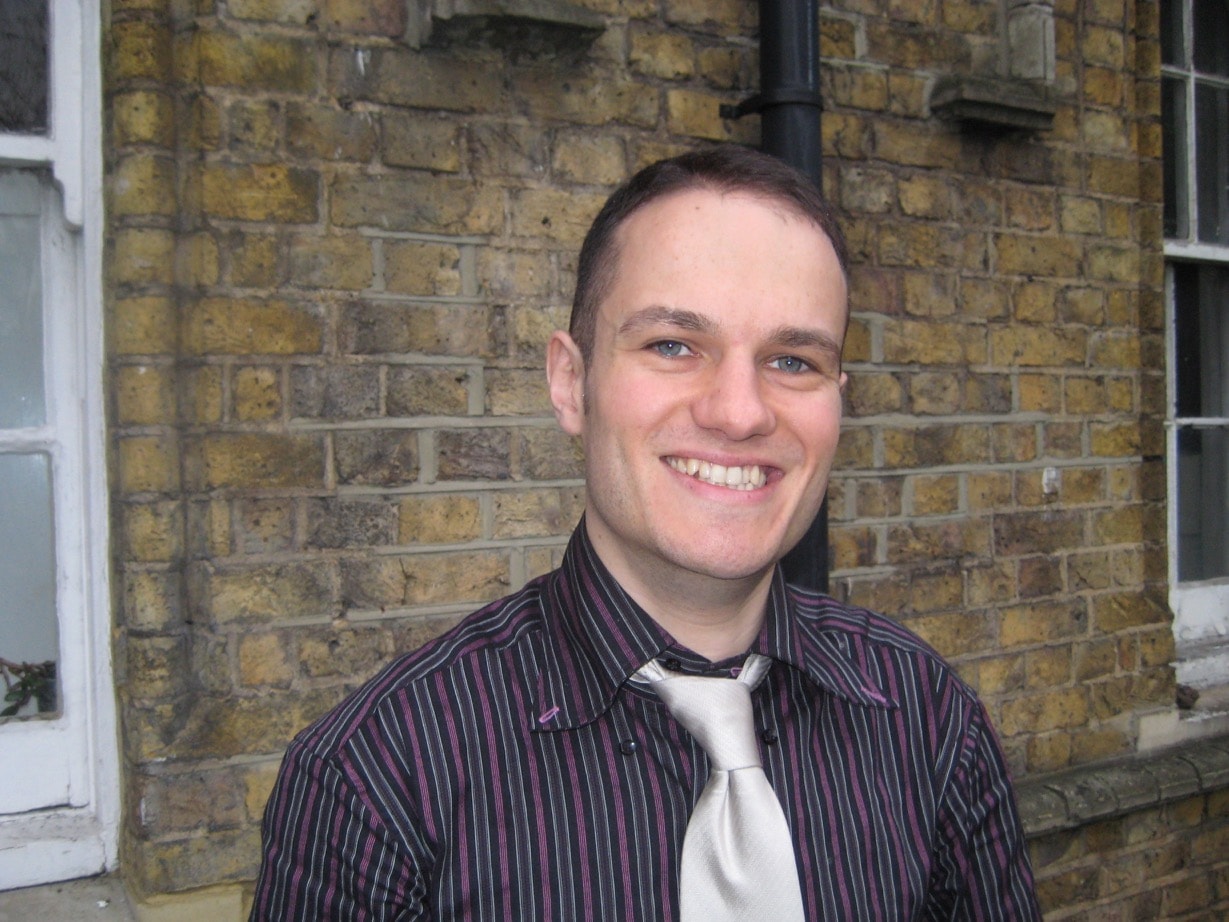
Marcos has been a practising herbalist since 2004 and is currently the clinical supervisor on Middlesex University’s BSc & MSc herbal medicine courses. He studied at the London School of Astrology in 2006, and has since developed his knowledge of traditional astrology through reading, home study and practical experience working as a medical and horary (answering questions) astrologer. He worked as a medical herbalist in King’s Cross for several years (2005-2007 and 2012-2013) specialising in complementary care for people living with HIV, and practiced from Neal’s Yard Therapy Rooms in Covent Garden for 9 years (2007-2016). Marcos is currently completing his first book on the ancient history, usage, pharmacology and cultural meaning of Cacao/chocolate, due for publication in 2020.
www.thesecretlifeofchocolate.com
www.academyofastrology.co.uk
